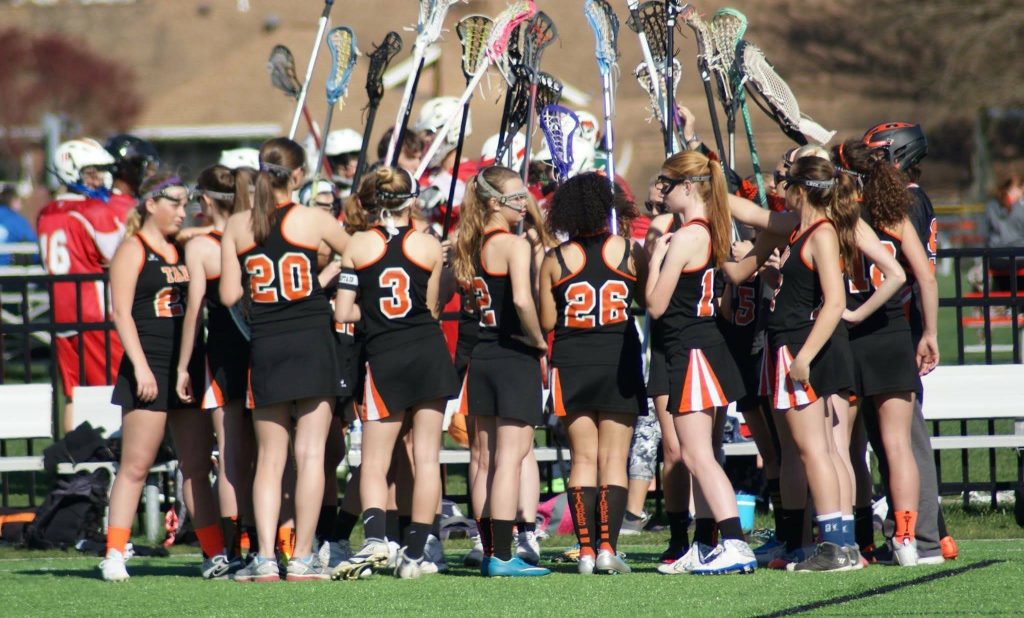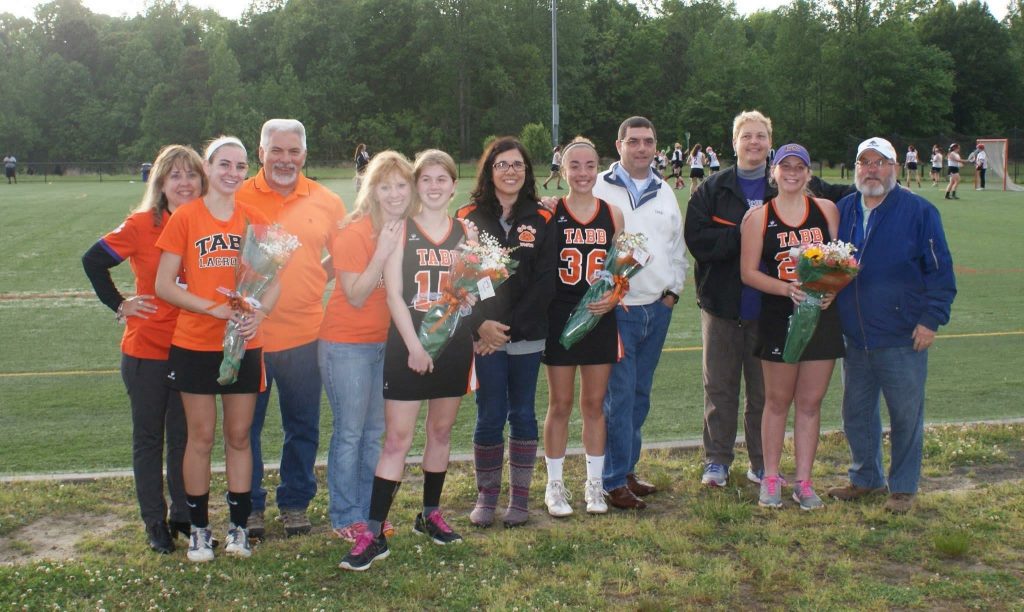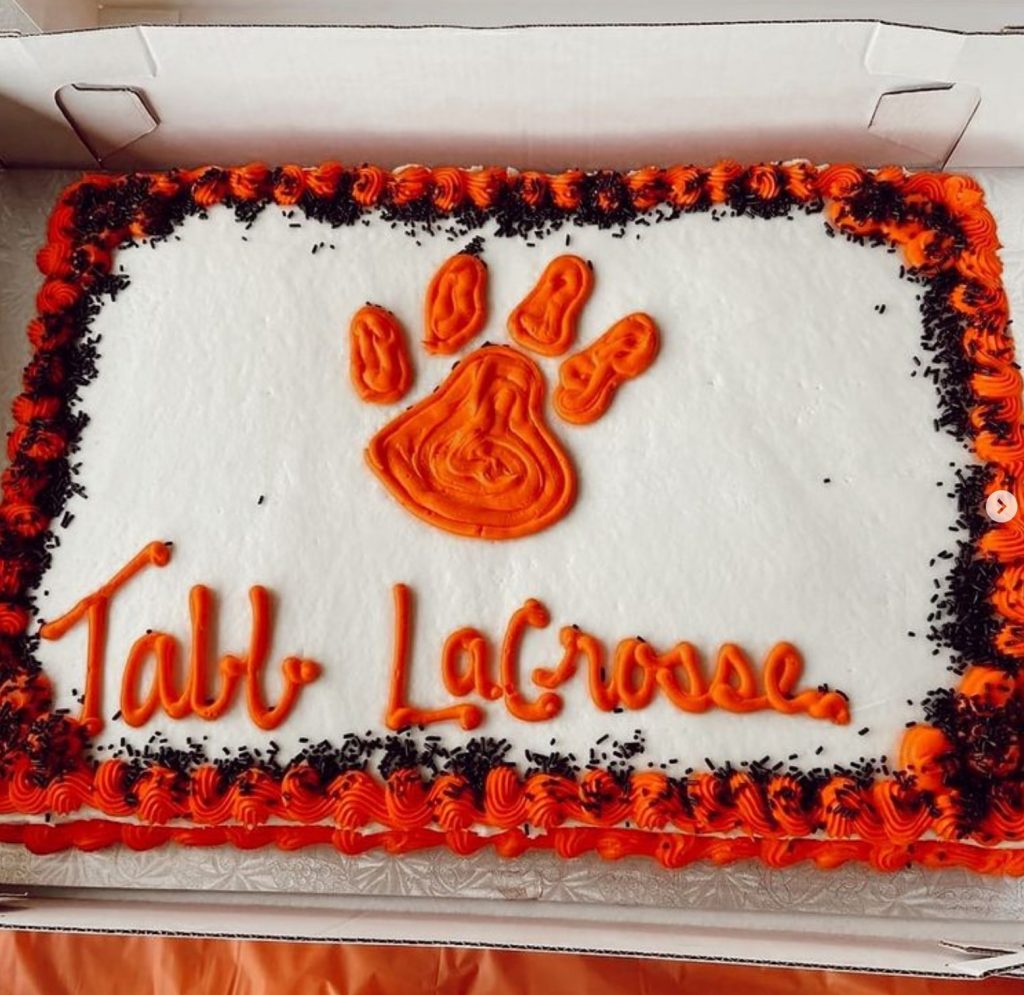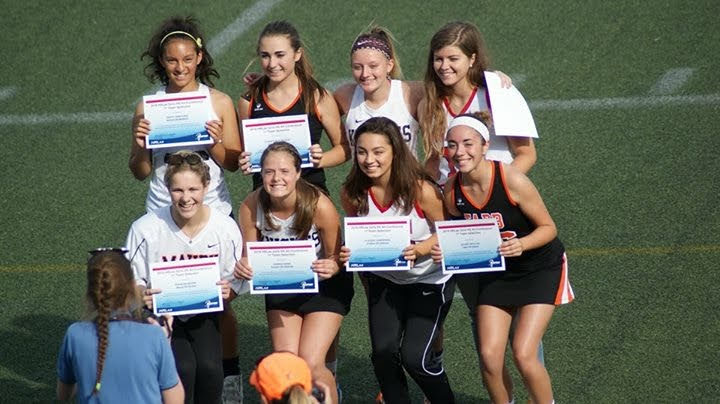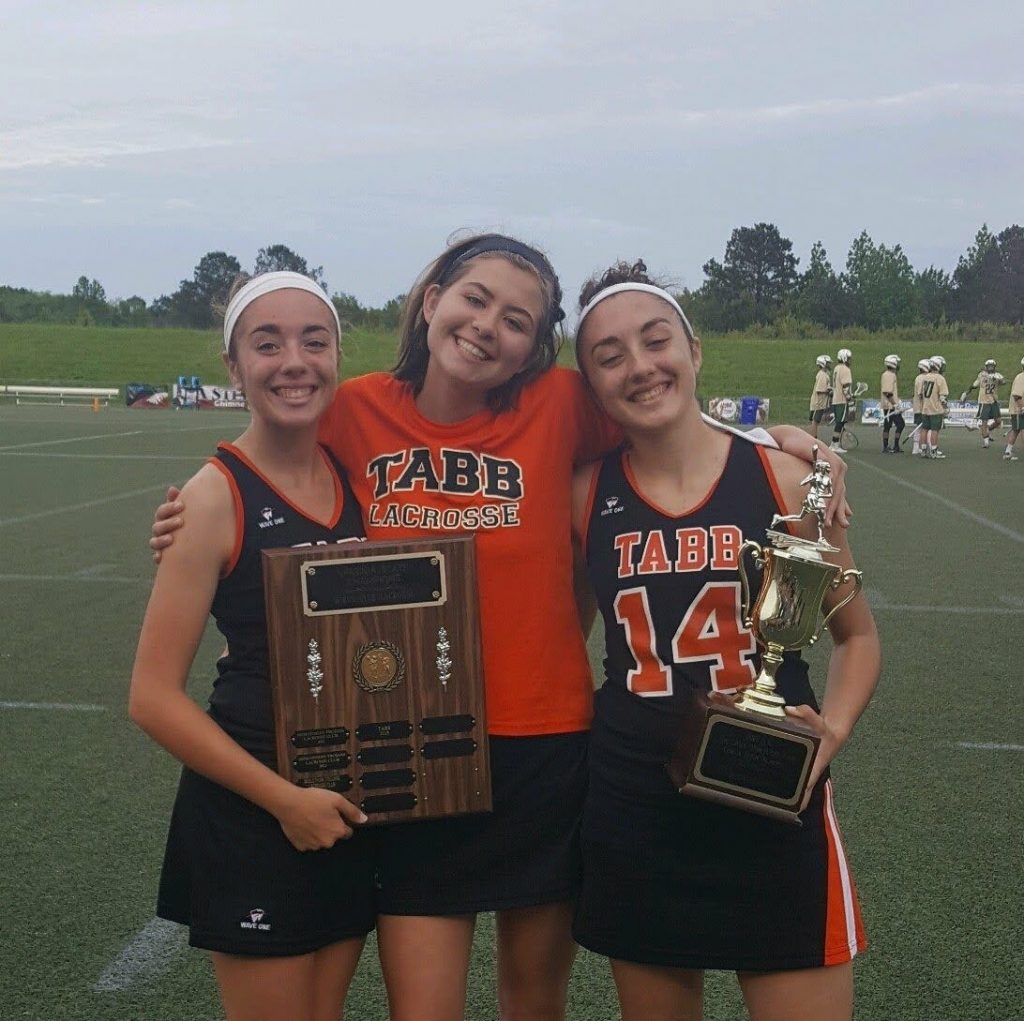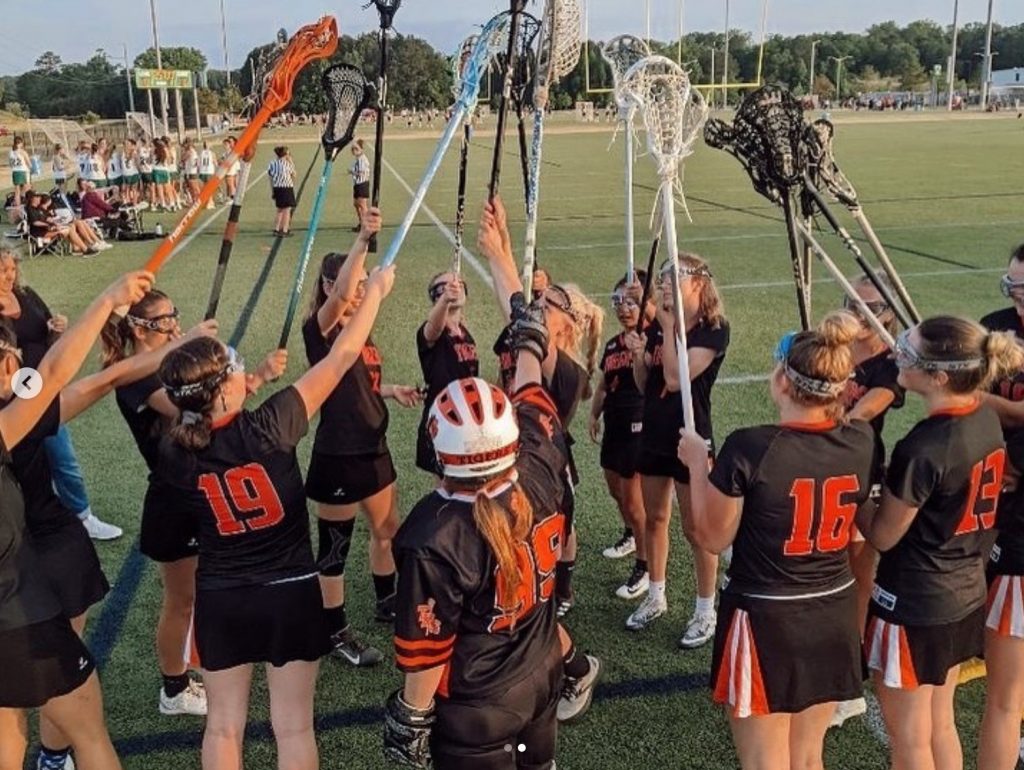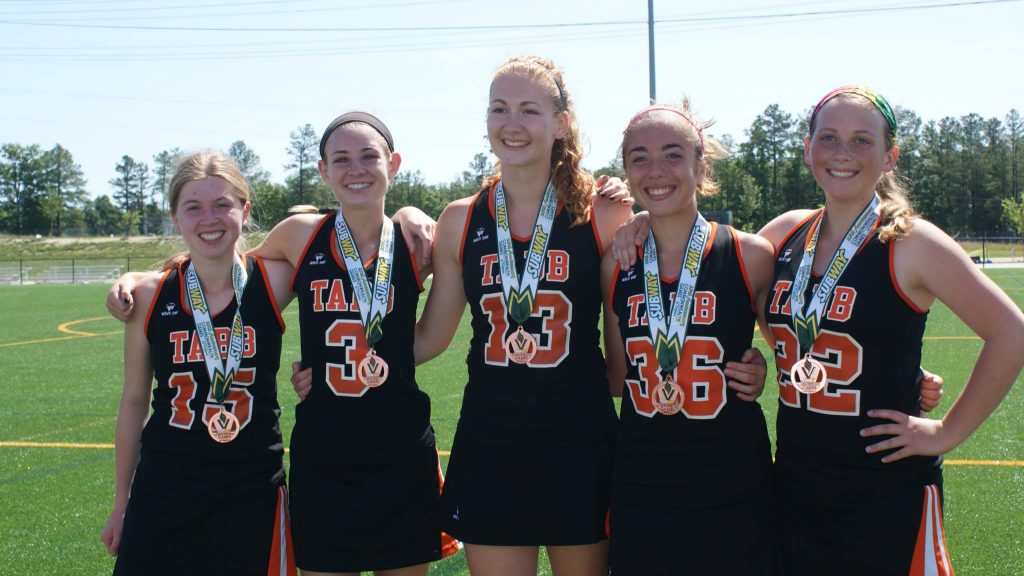I grew up playing lacrosse, continuing throughout high school and I played at the collegiate level while earning my Bachelor’s degree. While lacrosse is a sponsored school sport in most of Virginia, here in the Hampton Roads area, it is only a club-level sport. This means the schools do not sponsor teams, do not allow practices or games to take place on school grounds, and do not help with funding of any kind. Lacrosse gave me a lot during my childhood and early adulthood, so I knew if I was presented with the opportunity to give back to the game that gave me so much, I would jump at the opportunity. Especially because my senior season in college was cut short due to the pandemic. I played my last game not knowing it was my last, and two days after that game, my team was told our season was canceled. Leaving lacrosse on those terms was a struggle for me, and it left me feeling frustrated and disappointed with the sport itself. However, when I was allowed to coach my old high school team, I did not think it would be exactly what I needed to spark that love for lacrosse again.
Fall 2020, about six months into the COVID-19 pandemic, the current head coach of the Tabb High School girls’ lacrosse team contacted me about coaching. During my high school career, we won two state championships, had three All-American players, and a handful of girls go off to play in college. The group of girls I spent four years with shaped me into the person I am today, so I wanted to continue the Tabb legacy with this new generation of players. The head coach did inform me that the current team was mainly composed of new players – winning state championships was not in the cards for the current group. However, this excited me even more as I would be able to show these girls the sport I love and have the opportunity to instill that same love into them.
January 2021 came and brought preseason with it. That year, we only had about 18 girls on the roster, meaning we only had enough girls to make a varsity team with no junior varsity team. This would be hard on a lot of girls – junior varsity provides players with less experience the chance to further develop their skills while playing against other teams with similar skill levels. This would not be an option for our young, new team. We were set to play teams composed of skilled, seasoned players who had been playing for years. This intimidated a lot of our girls, but we ensured them that despite the scoreboard of a lot of our games, they were improving and becoming better players. However, losing games is never easy, especially for girls who pour hours a week into practice and traveling for games. I and the other coaches were presented with a problem we had not accounted for: how do we keep the girls interested in learning while staying motivated to finish the season?
After holding multiple coaches’ meetings and meetings with the team, we came to a possible solution. We would set small goals for each player to meet individually during practices, and different goals we want the team to achieve during games. These goals were not associated with statistics at all, meaning we were not looking to achieve a certain number of goals or assists, rather we set more personal goals. For instance, during one practice, we gave a handful of girls the goal of trying a new type of dodge. They could try it at any point during the practice, as long as they attempted it once. These types of goals helped make the girls more comfortable with trying new skills and allowed the few experienced players we had to help their newer teammates reach their own goals. During games, morale was high and the cheering after reaching the team goals was astounding!
Changing our mindset as a team on what we could accomplish day-to-day was not easy, but by the end of the season, every girl walked away having felt that they improved both as a player and as a teammate. As a coach and former player, I could not say that for every season I played. Giving those girls the opportunity to grow in a safe environment where trying new things was encouraged was refreshing to both the girls and myself. I went into the season feeling one way about lacrosse and left with a newfound passion for the sport.
This experience may sound like it is outside the realm of public health, but the lessons learned can easily transfer over. In public health, we sometimes get caught up looking a the larger problem, forgetting that smaller goals and steps need to be met to eventually solve the bigger problem. This community experience with the lacrosse team has reminded me to not get lost in the big picture. As public health professionals, we should work each day on the things we can accomplish, and as smaller goals are met, the larger one will be achieved one day as well. Additionally, this experience taught me the importance of connecting with one’s community, especially the youth population. By working with the team week after week, I learned about them not only as lacrosse players but also as people and members of the community. They talked about their school lives and personal lives, giving me a better understanding of what the high schoolers in the area are dealing with today. As a public health professional, inserting yourself into your community gives you a unique perspective on the challenges and problems the community is facing as you can see them and hear about them in real-time. We often have to deal with problems after they have already begun, but if all public health professionals took the opportunity to work in and connect with their communities, they could prevent some problems before they even arise.

